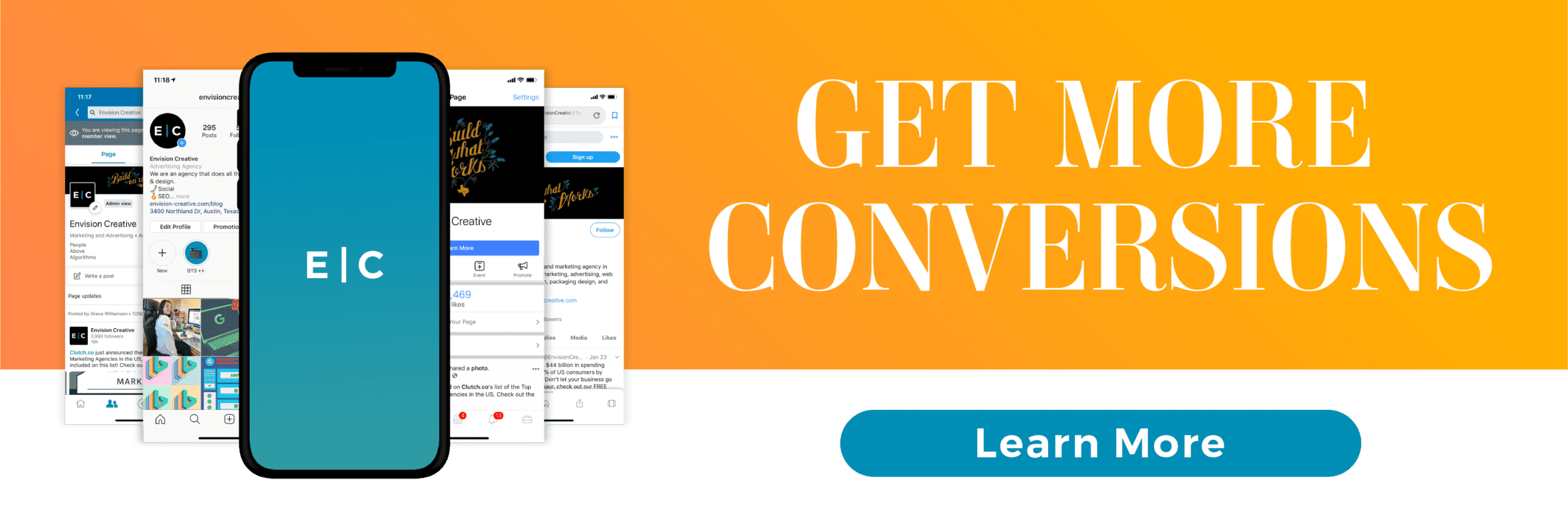From small businesses to Fortune 500 companies, blogging has become an integral part of business and marketing. Many are wanting to know the secrets of how to write a blog post that converts leads into customers and sales. To date, blogging remains an inexpensive and proven way to drive website traffic, increase SEO/SERP and enhance inbound marketing efforts. Despite these benefits, many businesses may find their blogging efforts unsuccessful. If your blog posts are not converting, here are five steps to consider to help you convert readers into customers:
1. Know Your Audience
It’s important to not guess what your audience wants or needs. You’ll want to make sure your article resonates with your market by doing in-depth research on your audience so you know who they are and what they want or need. Although it may be a lengthy process, you will be able to make data-driven decisions to ensure your blog content attracts the right people. Once you know your audience and what they are searching for, you will be able to meet their expectations and develop the best tone of voice to use. There are resources to help make this process easier, such as our free competitor analysis guide or using a paid tool like SEMrush.
2. Do Your Research
A well-researched and fact-checked blog article can demonstrate your business as an industry leader. By taking this important step, you’ll ensure your content marketing efforts solves a problem and catches your audience’s attention. Dig deeper into compelling topics and understand how they can benefit those seeking answers to a particular problem. This is also a great time to understand how you can build trust with your audience. At Envision Creative, our content creators gather as much knowledge as we can about businesses and trending topics. We recommend gathering data by using search tools, such as Google Trends, WordStream, or even social media! You’ll be able to know what content is trending and frequently searched for in the search engine. Check out “The Essential Social Media Guide for 2021” blog post – it’s the perfect example of a researched-backed blog post that is informative and captures readers’ attention.
3. Optimize Your Content
Once you narrow down your topic, you’ll want to help people find the information you created. As content creation and SEO (Search Engine Optimization) evolves, it’s important that your content is clear, simple, and concise. Many web users are impatient and tend to skim blog posts. This means you need to write engaging headlines, avoid cliches and jargon, and incorporate a healthy balance of sentence structure. Choose precise words and strive for the most efficient way of getting the point across. Readers should be able to comprehend your content easily. If you want to maximize your content’s SEO and readability ranking, always ask yourself the following questions before you hit publish:
- Did you complete the proper keyword research?
- Is your keyword currently trending?
- Did you include the focus key-phrase in crucial elements of your post – title, introduction, subheadings, and meta description?
- Are there variations of the primary keyword synonyms in the body of your content (ex: “movie” and “film”)?
- Does your post’s URL (permalink) contain the focus keyword?
- Do your post headings ‘flow’ naturally with header tags? Post titles should be <h1>, significant headings should use <h2>, subsections should use <h3> (etc.)
- Are images optimized properly (keyword in the file name, usage of alt-tags, appropriate file size, and use of a high-quality photo)?
- Are internal and external links present and direct users to other site pages?
- Did you tag the appropriate blog categories?
- Are your paragraphs no more than 3-6 sentences?
- Have you made your post more readable by using proper transition words?
- Did you alternate between longer paragraphs and sentences with shorter ones?
- Are you monitoring your use of passive voice?
- Is your post-social-friendly? (meaning, did you make sure your content looks good on social media)
Together, these are some of the most effective ways to improve your blog’s search engine rankings and create actionable information that others will want to share! For additional SEO tips and tricks, try out this SEO content writing formula.
4. Add Images
The brain processes visuals 60,000 x faster than text!
Integrating clear, captivating, and authentic images into your blog posts can break up text and make content comprehensible and visually appealing. Sharing images of people can also humanize a brand and make the content feel more relatable. Most people skim blog posts and images can help carry a narrative and convey your message visually. Photos, screenshots, infographics, and other visual aspects are all helpful in communicating the main points of your blog post. Images are also a great tool for optimizing your post for SEO by adding an alt-text. While you can’t just upload any image to your blog due to legalities, we recommend checking out Unsplash or Pexels for free good-quality images. These websites can also help you learn how to attribute who created the image and where you got it from, such as this meme article or you can also go the old-fashion way and create your own images.
5. Add Clear Call-to-Actions
Call-to-actions (CTAs) are an essential part of any website page. CTAs should be short, clickable, and engaging. They are the most important component to lead generation. A call-to-action can be a link on your post that directs someone to take the desired action, such as “Get My Guide” or “Become a Social Media Pro”. While there are several types of CTAs that address different parts of the marketing funnel, it’s important to always end your post with a positive and engaging command. We recommend using effective language to create a sense of urgency, like “Contact Us Today” or “Free Digital Marketing Resources” to persuade readers to take the action. So as a marketer, it’s critical to learn how to write effective CTAs. If you do not drive customers to take an action, you cannot drive sales or conversions.
Wrapping Up Your Blog Posts
Let’s face it: writing high-converting blog posts may not always be easy, but now you have the guide to get on the right track. These tips are sure to help you write a blog post that will generate leads and drive customer action. Always remember to be clear with the intent of your blog, follow these steps to target the audience you want to get your message to, and get ready to watch the conversions roll in!
If you would like more information on content that turns readers into customers, reach out to our team to learn how we can craft quality content that fits your needs!
-FINAL(01-00)-White&Blue-01.svg)





